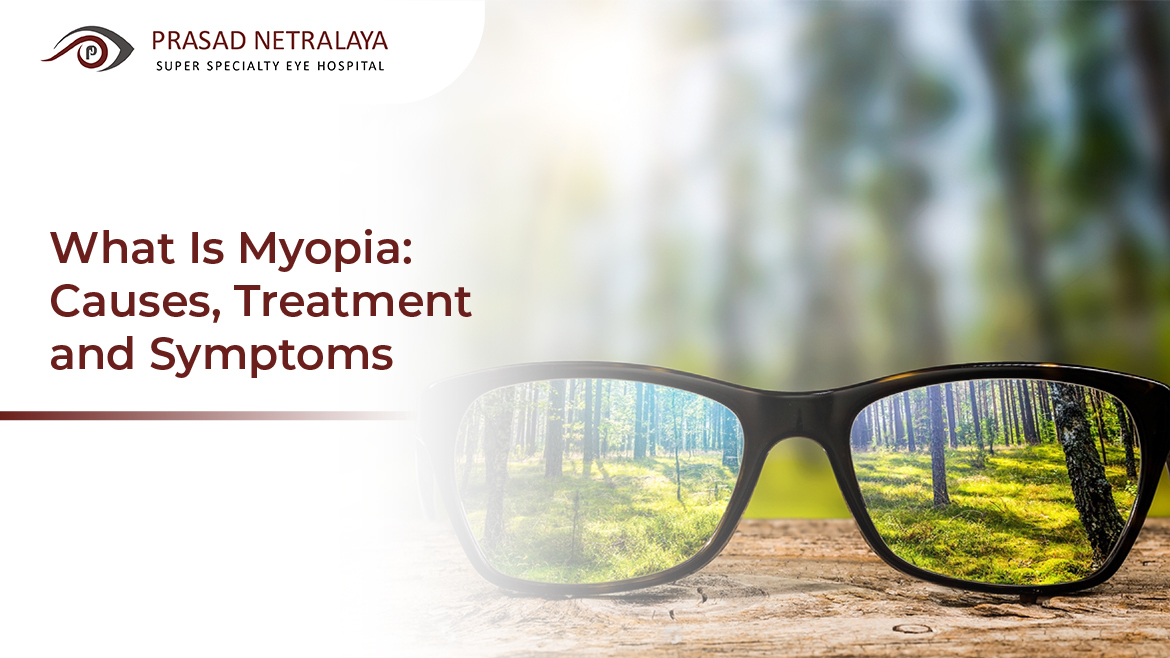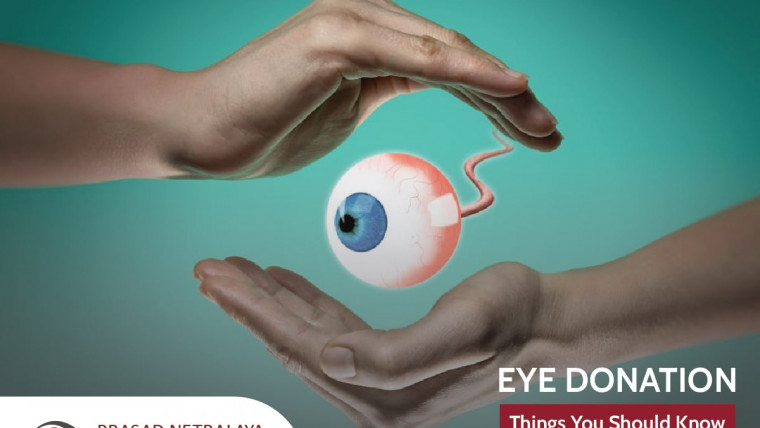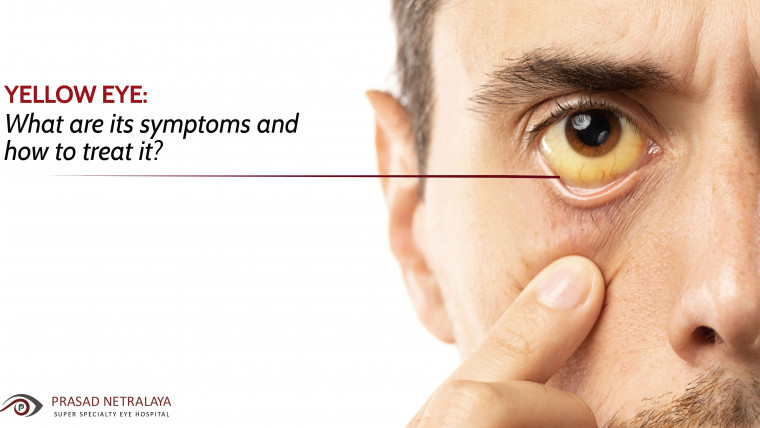Nearsightedness or myopia is on the rise globally. Currently, around 23% of the world’s population is suffering from it, as reported by the International Myopia Institute. These numbers are rising even faster, particularly among school-going children. According to eye specialists, this trend will continue in the upcoming decades.
Uncorrected myopia is the main cause of poor distance vision; it’s also a common reason for vision loss. Studies show that the number of people with myopia and high myopia varies by region and ethnicity. South-Asian countries are more prone to myopia than other countries in the world. If you’ve often wondered about this condition, we’re here to give you a clear and thorough insight.
Table of Contents
What is Myopia?
Myopia is a common eye disease that turns your vision of faraway objects blurry. It doesn’t affect your vision of closeby objects. Because of refractive errors, light rays don’t bend in the right way to match the shape of the eye or a part of the eye. In this condition, light is directed to the front of the retina instead of behind it.
Causes of Myopia
- Genetic (passed down from parents)
- Environmental factors
- Unhealthy lifestyle
- Excessive use of eyes for long durations, like reading or using a computer
Symptoms of Myopia
Myopia typically develops in early childhood. The condition usually improves with age, but it has the potential to also get worse. Images appear hazy because the light entering the eyes isn’t properly focused. It’s similar to a spotlight pointed in the wrong direction. You won’t be able to clearly notice the correct thing if you direct a spotlight at an incorrect location in the distance.
People with nearsightedness myopia also experience the following:
- Headaches
- Clarity of vision when seeing close objects
- Eye fatigue
- Squinting
- Fatigue during driving, physical activities, gazing farther than a few feet away, etc.
- A shorter attention span
Treatment of Nearsightedness or Myopia
- Based on how well your eyes can focus on light, you may need corrective glasses.
- Before prescribing your corrective eyewear, the eye specialist will first test you by making you read the letters on an eye chart to determine your visual acuity.
- Following the test, the specialist will examine your eyes using a lighted retinoscope to determine how well your retina reflects light.
- Further, through a phoropter, your doctor will use a set of lenses to determine the degree of your refractive defect.
- Finally, your eye specialist will determine the correct lens strength for your eyes and prescribe glasses or other treatments.
Options for Myopia Treatment
1. Eyeglasses
These are common treatments for nearsightedness myopia. The kind of glasses you wear will depend on your eye strength. A single lens is typically used for treating myopia. In the case of adults over 40 years old, bifocal or progressive lenses may be necessary for near and far vision.
2. Lenses
Wearing contact lenses improves clarity and expands peripheral vision at longer distances. Contact lenses require more maintenance than glasses. Consult your doctor to determine the best lens option for your myopia.
3. LASIK
Laser-assisted in situ keratomileusis, or LASIK, is the most common operation to treat myopia. Your eye doctor will use a laser to create a flap in the cornea’s surface and then remodel the corneal tissue underneath the flap. Finally, they will replace the flap.
4. SMILE
SMILE (small incision lenticule extraction) is the first minimally-invasive laser vision correction procedure designed to treat refractive errors like myopia, hyperopia, presbyopia, and astigmatism.
Unlike LASIK, SMILE is flapless — it doesn’t involve a blade when making an incision. Moreover, its recovery period is much faster than LASIK!
Also Read : Nearsightedness, Farsightedness, and Astigmatism: How To Know Which One You Are Struggling With?
Avail the Best Treatment at Prasad Netralaya Eye Hospital
We hope this article has helped to answer your question. Remember that regular eye exams, a good eye care routine and a healthy diet are all important parts of protecting your eyesight. Maintaining these positive routines will pave the way to a bright future where you can do the things you enjoy together.
Nearsightedness myopia can occur at a very early stage of life. Myopic children can have better long-term eye health and a better quality of life if they get the right treatment early. One of the most common benefits of immediate treatment of myopia is that it can improve visual activity. This can have a ripple effect on academic performance and economic output.
Prasad Netralaya Eye Hospital is one of India’s most prestigious eye clinics. Our experts and researchers are trained to use the most recent technology so that they can give you the best eye care possible. Visit us or make an online appointment to consult our specialists.
Dr. Vikram Jain, M.S. had his medical training (MBBS) from Kasturba Medical College, Mangalore, India. He did his master’s in Ophthalmic surgery from Kasturba Medical College, Manipal. He currently manages the Glaucoma department of Prasad Netralaya hospital.



